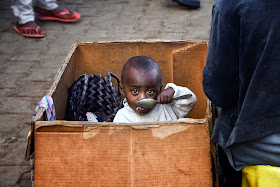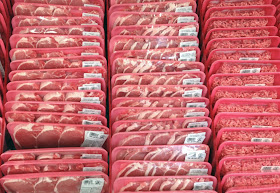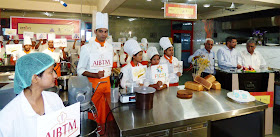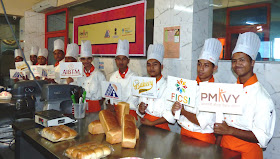First published in Milling and Grain, June 2015
Westeel is pleased to announce its strategic alliance with the FWS Group of Companies whereby it will provide Westeel Centurion bins and Westeel Catwalk systems for four different CWB (formerly the Canadian Wheat Board) locations. FWS was contracted by CWB to construct four new grain terminals in the provinces of Manitoba and Saskatchewan in Canada.
The first of the four projects for CWB completed by FWS is in Bloom, Manitoba where two Westeel Centurion grain bins measuring 24 metres (78 feet) in diameter and 28 metres (91 feet) in height have been constructed with a 48-metre long (157 feet) Westeel Catwalk. The two bins include Westeel’s patented commercial roof and a total capacity of 609,140 bushels. The Catwalk system boasts a dual walkway, bar grating floor, and a conveyor path measuring 0.70 metres (27 1⁄2 inches) in width.
“We have a long-standing relationship with Westeel and appreciate the precise manufacturing and quality engineering that goes into their products,” said Rori Bouchard, Senior Project Manager with the FWS Group of Companies.
“FWS and CWB are industry leaders in agriculture and it’s a great opportunity for Westeel to partner with them and showcase the high quality manufacturing and construction capabilities we have here in the Canadian prairies” said Denis Tétrault, Business Manager, North America with Westeel.
The other three sites are in Colonsay, Saskatchewan; Pasqua, Saskatchewan; and St Adolphe, Manitoba.
The first of the four projects for CWB completed by FWS is in Bloom, Manitoba where two Westeel Centurion grain bins measuring 24 metres (78 feet) in diameter and 28 metres (91 feet) in height have been constructed with a 48-metre long (157 feet) Westeel Catwalk. The two bins include Westeel’s patented commercial roof and a total capacity of 609,140 bushels. The Catwalk system boasts a dual walkway, bar grating floor, and a conveyor path measuring 0.70 metres (27 1⁄2 inches) in width.
“We have a long-standing relationship with Westeel and appreciate the precise manufacturing and quality engineering that goes into their products,” said Rori Bouchard, Senior Project Manager with the FWS Group of Companies.
“FWS and CWB are industry leaders in agriculture and it’s a great opportunity for Westeel to partner with them and showcase the high quality manufacturing and construction capabilities we have here in the Canadian prairies” said Denis Tétrault, Business Manager, North America with Westeel.
The other three sites are in Colonsay, Saskatchewan; Pasqua, Saskatchewan; and St Adolphe, Manitoba.
Read the magazine HERE.
The Global Miller
This blog is maintained by The Global Miller staff and is supported by the magazine GFMT
which is published by Perendale Publishers Limited.
For additional daily news from milling around the world: global-milling.com

























